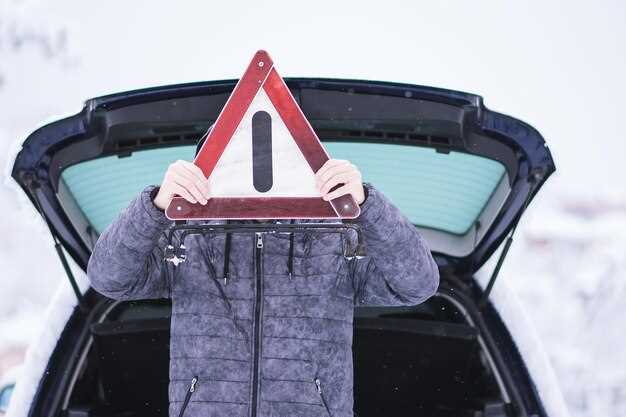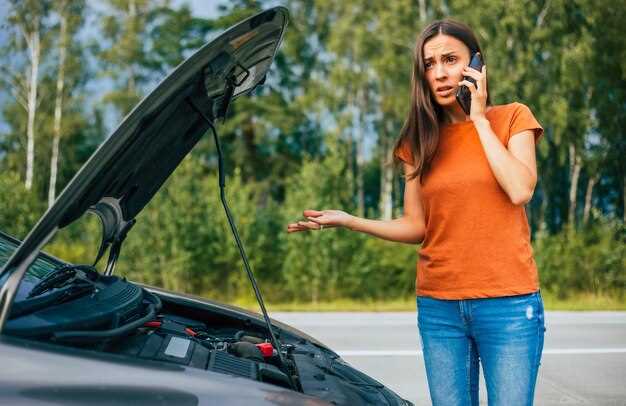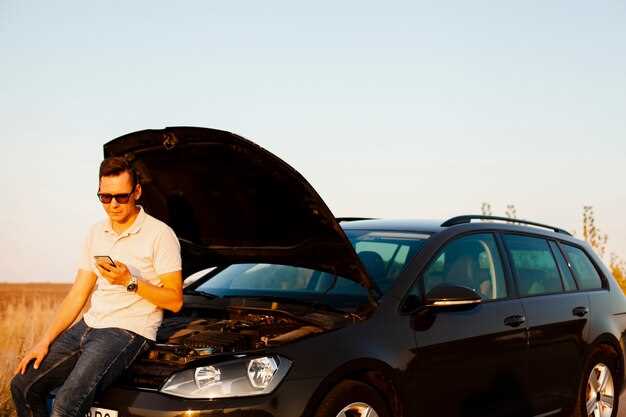
How to safely jump-start your car

A dead battery can leave you stranded and facing an unexpected delay. Knowing how to jump-start your car safely is essential for any driver. Proper techniques and precautions can ensure that the process is hassle-free and reduces the risk of damage to your vehicle’s electrical system.
There are several effective methods for jump-starting a car, each requiring a reliable set of jumper cables and a functioning donor vehicle. Understanding how batteries work plays a crucial role in ensuring a successful start. By connecting the batteries in the correct sequence, you’ll be able to harness the power needed to get your engine running again.
As you prepare to start your car, it’s important to remember safety first. Always wear protective gear and ensure that both vehicles are in neutral or park before initiating the jump-start process. Following these guidelines will help you navigate the situation confidently and securely, getting you back on the road in no time.
Choosing the Right Jumper Cables for Your Vehicle
Selecting the appropriate jumper cables is crucial for a successful jump-start when your car battery is dead. The first consideration is the gauge of the cable, which indicates its thickness. A lower gauge number means thicker cables that can carry higher currents, making them more effective for jump-starting vehicles. Ideally, look for cables with a gauge between 4 and 8 for optimal performance.
Length is another important factor. Jumper cables typically range from 10 to 25 feet. While longer cables offer more flexibility in positioning the vehicles, they may also lead to a slight power loss. Therefore, a balance should be struck between convenience and efficiency based on your typical usage scenario.
It’s essential to ensure that the jumper cables are made of high-quality materials. Copper wires are preferable as they provide better conductivity compared to aluminum, which can lead to overheating and ineffective jumps. Additionally, check if the clamps are sturdy and have good grip, ensuring a secure connection to both batteries during the jump process.
Lastly, consider the insulation of the cables. Look for cables with thick, durable insulation that can withstand extreme temperatures and prevent accidental shocks or short circuits. Protecting yourself and the vehicles involved is paramount when dealing with the electrical systems of cars.
Step-by-Step Guide to Properly Connect Jumper Cables

Jump-starting your car requires proper connection of the jumper cables to ensure safety and effectiveness. Follow these steps carefully to start your vehicle using jumper cables.
1. Begin by parking a functioning vehicle close to the car with the dead battery. Ensure both vehicles are turned off and in park or neutral with the parking brakes engaged.
2. Take the jumper cables and identify the positive and negative terminals on both batteries. The positive terminal is usually marked with a “+” symbol, while the negative terminal is marked with a “-” symbol.
3. Connect one end of the red (positive) jumper cable to the positive terminal of the dead battery. Ensure the connection is secure and free from corrosion.
4. Attach the other end of the red jumper cable to the positive terminal of the working battery. Double-check the connection to ensure a firm grip.
5. Now, take the black (negative) jumper cable and connect one end to the negative terminal of the working battery.
6. The final connection involves the other end of the black jumper cable. Instead of connecting it to the dead battery, locate a clean, unpainted metal surface on the engine block or frame of the dead vehicle. This helps reduce the risk of sparks near the battery.
7. Once all connections are secured, start the vehicle with the working battery and let it run for a few minutes. This allows the dead battery to charge.
8. After a few minutes, attempt to start the car with the dead battery. If it starts, great! If not, wait a bit longer before trying again.
9. Once the car starts, carefully disconnect the jumper cables in reverse order: first remove the black cable from the metal surface of the dead vehicle, then the black cable from the working battery, followed by the red cable from the working battery, and finally the red cable from the dead battery. Be cautious not to let the clamps touch each other during this process.
10. Drive the revived vehicle for at least 15-30 minutes to help recharge the battery fully. If your battery continues to fail, consider having it tested or replaced.
Common Mistakes to Avoid When Jump-Starting a Car

Jump-starting a car can be a straightforward process, but several common mistakes can lead to serious issues. Understanding these pitfalls will help ensure a successful jump and prolong the life of your vehicle’s battery.
1. Connecting the Cables Incorrectly
One of the most frequent errors is failing to connect the jumper cables in the right order. Always attach the red cable to the positive terminal of the dead battery first, followed by the positive terminal of the charged battery. Then, connect the black cable to the negative terminal of the charged battery. Finally, attach the other end of the black cable to a metal ground on the car with the dead battery. This order minimizes the risk of sparks and potential battery damage.
2. Not Waiting Long Enough
After connecting the batteries, it’s essential to wait a few minutes before attempting to start the dead vehicle. If you try to jump-start the car too quickly, it might not have enough power to crank the engine. Waiting allows the transfer of energy from the charged battery to the dead battery, increasing the likelihood of a successful start.
3. Using Worn or Incompatible Cables
Ensure that the jumper cables are in good condition and compatible with both vehicles. Worn or thin cables can cause inadequate power transfer and may even overheat or fray. Using high-quality cables ensures a more efficient jump-start.
4. Ignoring Safety Precautions
Always wear safety glasses and gloves when jump-starting a car. Batteries can emit harmful gases, and there’s also a risk of sparks. Ensure that the vehicles are not touching each other, as this can create a short circuit during the jump.
5. Assuming a Bad Battery is the Only Issue
A dead battery is often the culprit, but other factors can lead to starting troubles. Before jump-starting, consider whether other components, such as the starter motor or alternator, may be malfunctioning. If the car doesn’t start after several attempts, it may indicate a different issue requiring professional diagnosis.
6. Removing Cables in the Wrong Order
When disconnecting the cables, the reverse order of attachment is crucial. Start by removing the black cable from the ground connection, then the black cable from the charged battery, followed by the red cable from the charged battery, and finally the red cable from the dead battery. This order prevents any short circuits and ensures safety.
Avoiding these common mistakes when jump-starting a car will help you navigate the process smoothly and safely. Always remember that taking the time to do it right can save you from further complications down the road.